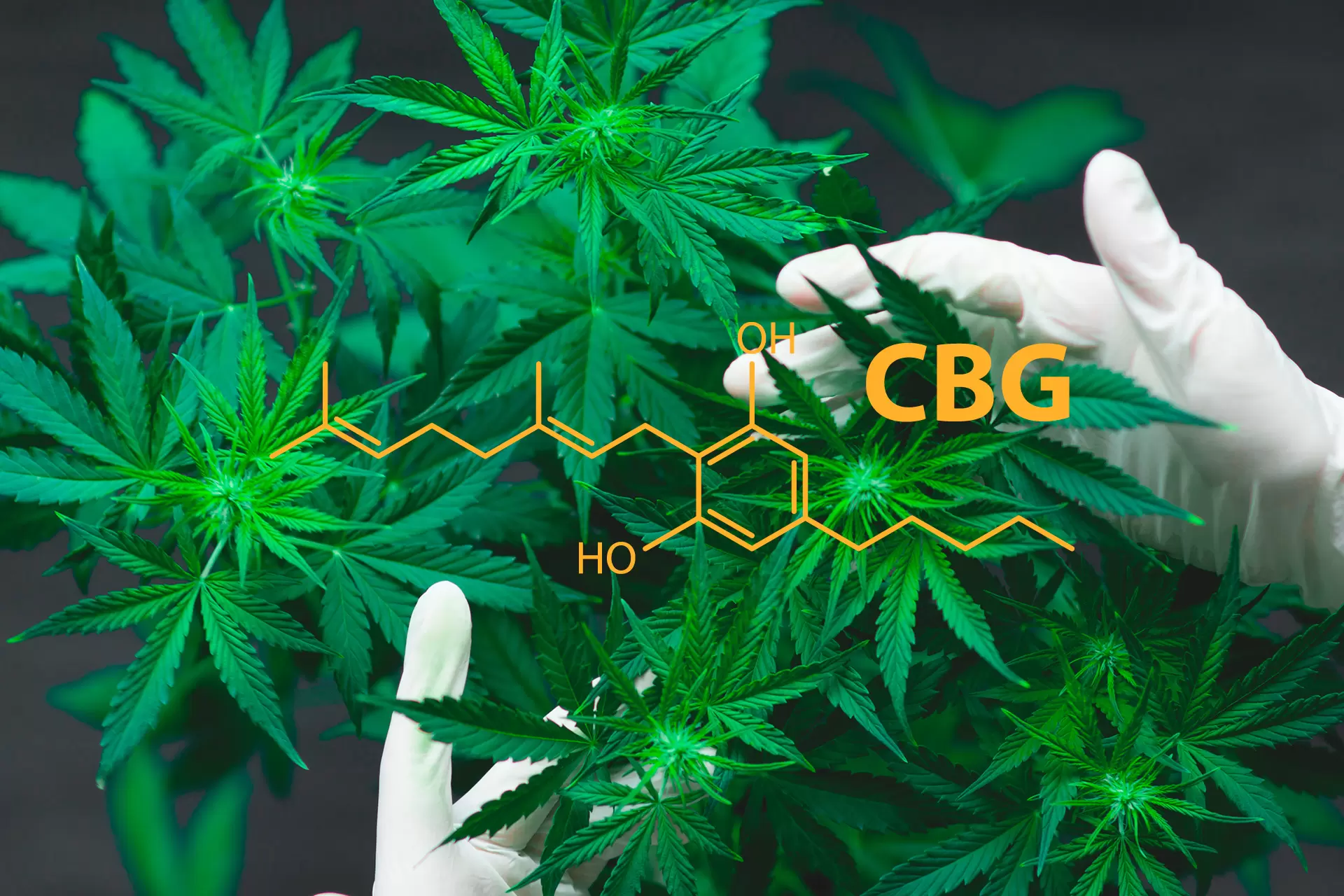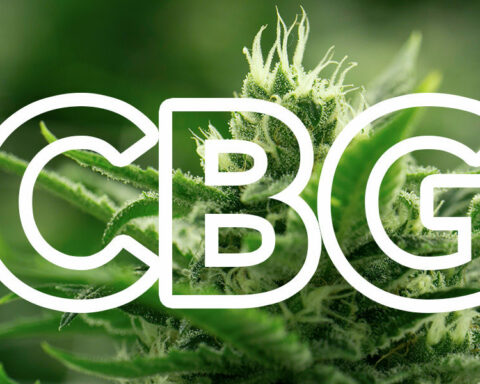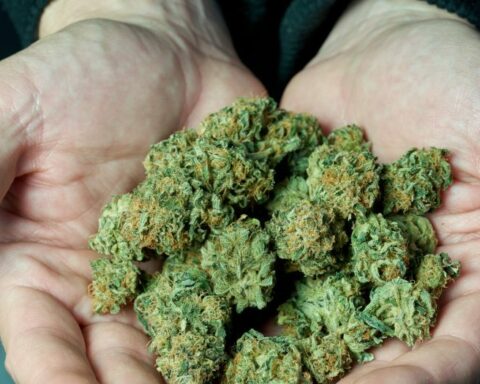Do you know how CBG makes you feel? Here is what you need to know; what cannabigerol is, how it’s made, how it works, the benefits of Cannabigerol oil, how to use it, and whether Cannabigerol gets you high.
Cannabigerol, the mother of all cannabinoids and one of the most sought-after products on the market, is gaining popularity rapidly. It’s a healthy, non-invasive way to alleviate pain, anxiety, and sleep issues. Although CBD also relieves these problems, cannabinoid researchers are currently focusing on the intriguing CBG. Compared to other cannabinoids, cannabigerol may make users feel more mentally alert or ‘clear-headed.’ This is one of the foremost causes for the popularity of this cannabinoid in several nootropics that contain cannabinoids. Below we aim to give readers a sense of what CBG feels like and how to consume it. Furthermore, the article explains the duration required for the effects to become apparent.
WHAT IS CBG?
CBG is a particular class of cannabinoids derived from the cannabis plant. It is frequently described as the “originator of all cannabinoids.” This can be accredited to other cannabinoids from the acidic form of CBG called cannabigerol acid (CBGA). Tetrahydrocannabinol (THC) and cannabidiol (CBD) are two additional popular cannabinoids derived from cannabis plants. However, compared to other cannabinoids, CBG is present in cannabis plants in lesser amounts. In most plant strains, only 1 percent of CBG is detectable, compared to 20-25% of cannabidiol and 25-30% of THC.
HOW IS CBG MADE?
According to Lazarjani et al. (2021), young cannabis plants are used to make CBG because they have higher concentrations of the compound than mature plants do. Cannabis strains with a higher CBG content include Jack Frost CBG, White CBG, and Super Glue Cannabigerol. According to their cultivation techniques, these strains are specifically bred to yield more CBG. CBGA, an acidic version of CBG, is the precursor of both CBD and THC. Therefore, younger cannabis plants have greater CBG levels.
Users discover very modest quantities of CBG in fully evolved plants with significant levels of tetrahydrocannabinol and cannabidiol. This occurs as most cannabigerol was already changed into CBD and THC while the plant grew. Due to the struggle to acquire cannabigerol, cannabis producers have experimented with genetic and cross-breeding manipulation to aid cannabis plants in fabricating more cannabigerol. Nachnani et al. (2021) stated that modification to aid cannabis plants in producing more cannabigerol is necessary due to the difficulties in obtaining CBG.
HOW DOES CBG WORK?
The body’s endocannabinoid system breaks down CBG. Regardless of what is happening outside the surroundings, the endocannabinoid system in the body, which is made up of chemicals and receptors, is in charge of maintaining the body’s functioning at its best. According to Arnold et al. (2018), CBG mimics the endocannabinoid’s natural substances produced by our bodies.
HOW DOES CBG MAKE YOU FEEL?
CB2 and CB1 cannabinoid receptors are present in various body parts. While CB2 sensory receptors are found in the other body parts and immune system, CB1 receptors are located in the neurological system. Gjerstad (2020) stated that CBG functions by attaching to both sensory receptors, which is hypothesized to enhance the action of anandamide, a neurotransmitter involved in enhancing motivation and pleasure, controlling food and sleep, and reducing pain. You won’t get high from CBG because it has no psychotropic effects like THC.
Most consumers will find CBG energetic, while a tiny proportion will report the opposite, believing CBG is more of a relaxing agent like CBD or cannabinol (CBN).
Most people find that CBG is a stimulant with a noticeable effect on mental clarity. People who use it for work or school report that it aids in creating a type of “tunnel-vision” that makes it simpler to stay intensely immersed in whatever they’re working on.
Even individuals who find CBG an energetic substance will feel a certain level of “calmness” after consuming it. Therefore, CBG users may be present because CBG doesn’t serve as a stimulant as coffee does. Instead, it helps create a mental framework that eliminates distraction. This impact gives off a light, refreshing feeling.
THE BENEFITS OF CBG OIL
Like cannabidiol, cannabigerol has been used to treat agony without having the twin high that comes from THC or other cannabinoids. According to research, CBG can potentially be medicinal. There aren’t many human studies on this, and more research must be conducted.
INFLAMMATORY BOWEL DISEASES
Chronic intestinal inflammation is a symptom of inflammatory bowel disease. It is incurable, and millions of individuals worldwide are impacted by it. Nitric oxide generation and inflammation are both decreased by CBG. Furthermore, reactive oxygen species (ROS) were produced less frequently in the guts. They concluded that Cannabigerol should be considered for clinical research with IBD patients.
GLAUCOMA
CBG shows therapeutic potential for the treatment of glaucoma. It lowers eye pressure and increases hydrated humor discharge, a fluid made by the eye that maintains constant eye pressure and feeds the eye.
HUNTINGTON DISEASE
In the brain, nerve cells die due to Huntington’s disease. CBG functions as a neuroprotectant, preventing brain nerve cell damage. Additionally, it enhances motor deficiencies while protecting striatal neurons from 3-nitropropionic acid damage.
ANTIBACTERIAL PROPERTIES
CBG has antibacterial and antimicrobial properties that fight against MRSA (Methicillin-resistant strains of the staph infection-causing and drug-resistant Staphylococcus aureus (MRSA).
FIGHTING CANCER CELLS
Inhibiting the proliferation of colorectal cancer cells and blocking the receptors that promote cancer cell growth are two areas where CBG has shown some promise. Medical experts recommended that CBG use be considered while treating and preventing colon cancer.
HOW TO USE CBG
CBG is most frequently manufactured as oil for efficient consumption. By taking pure CBG oil, you can benefit from CBG. Full spectrum Cannabigerol oils, however, are scarce and pricey.
Fortunately, consuming broad-spectrum CBD oils can help you reap some of the advantages of cannabigerol. Broad-spectrum CBG oils don’t include THC but all the cannabinoids in a cannabis plant, including cannabigerol and cannabidiol. The entourage effect is a phenomenon that occurs when cannabinoids work synergically to produce a cannabinoid’s therapeutic effects.
CBD VS. CBG
Because of their similar actions on the endocannabinoid system and numerous other similarities, CBG and CBD are frequently compared. Since neither of them is psychoactive, they will not have the same effects on your mood as THC. However, if you consume a cannabinoid such as CBG, it can lessen THC’s psychoactive effects. Furthermore, the quantity in most cannabis plants is one of the main distinctions between CBD and CBG. Most cannabis plants only have 1% CBG but up to 25% CBD. Compared to CBD, CBG has a different effect on our endocannabinoid system. CBG may be more effective at providing therapeutic benefits because it binds directly to CB1 and CB2 receptors.
WILL CBG GET YOU HIGH?
Unlike THC, CBG has no psychoactive effects, so it won’t alter your mood or harm your memory or cognitive abilities. This is not to say that CBG has no discernible impact on cognition, but these effects are very different from those associated with taking marijuana products. Moreover, CBG can make you feel like you’re operating automatically at large doses. Your body may seem to be performing the necessary actions without much mental effort.
CONCLUSION
Most CBG users will concur that it provides a modest stimulating effect. It gives users a sense of mental “sharpness” and the impression that they can enter a state of “tunnel vision” when working on anything. The cost of CBG is one of its shortcomings. Additionally, it is only present in traces in cannabis plants, and its extraction is labor-intensive, expensive, and technologically complex.
Furthermore, most hemp and marijuana plants are utilized to extract delta 8 THC, delta 9 THC, and CBD, all of which are in higher demand. Thus, a second factor contributing to CBG’s high costs is its limited supply. There is much anecdotal evidence that CBG works, even without solid clinical proof.
REFERENCES
Lazarjani, M. P., Young, O., Kebede, L., & Seyfoddin, A. (2021). Processing and extraction methods of medicinal cannabis: A narrative review. Journal of Cannabis Research, 3(1), 1-15.
Nachnani, R., Raup-Konsavage, W. M., & Vrana, K. E. (2021). The pharmacological case for cannabigerol. Journal of Pharmacology and Experimental Therapeutics, 376(2), 204-212.
Arnold, W. R., Weigle, A. T., & Das, A. (2018). Cross-talk of cannabinoid and endocannabinoid metabolism is mediated via human cardiac CYP2J2. Journal of inorganic biochemistry, 184, 88-99.
Gjerstad, J. K. (2020). The involvement of the glucocorticoid receptor in regulating glucocorticoid ultradian rhythms: the role of the FK506-binding protein 51 (Doctoral dissertation, University of Bristol).
- Bell Peppers 101: Nutrition Facts and Health Benefits - April 19, 2024
- Products That Assist with Stress Relief - September 21, 2023
- TRÈFLE – THE ROAD TO THE 15TH - July 29, 2023








